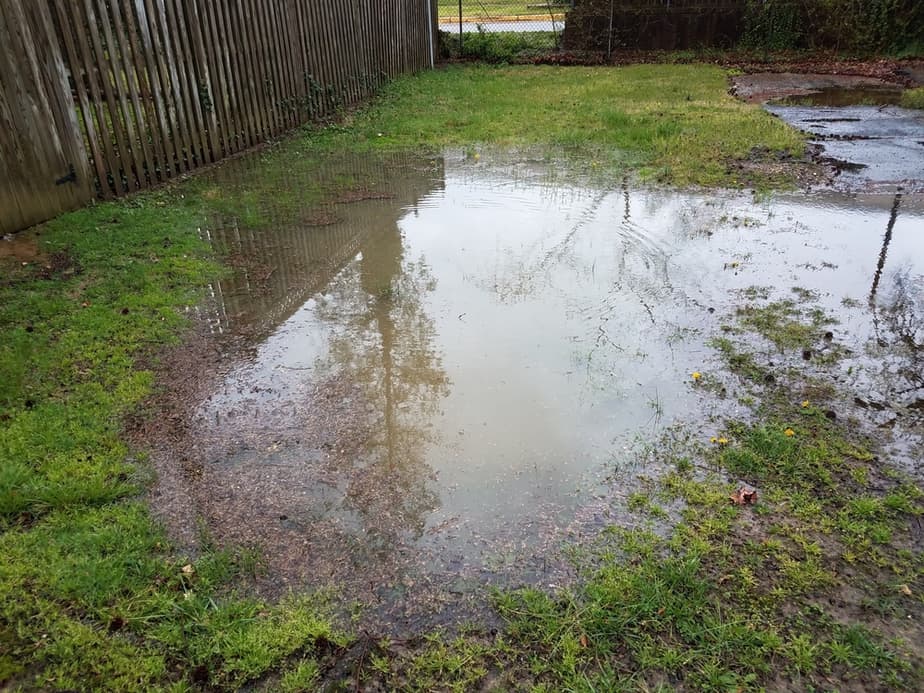
Foundation
Log Homes, and homes in general have four foundation types. Pier foundations are similar to the supports for free-standing decks. Slab foundations consist of a poured concrete slab sitting directly on the ground, experts recommend at least 6 inches above the ground (some experts say as much as 24 inches in insect-prone areas). Crawl space foundations have short walls that support the subfloor several feet above the ground. Basement foundations consist of full-height walls supporting the subfloor. If you’ve not built your log home yet, you can help water drainage by selecting the type of foundation that is best suited for the area and terrain you plan to build.
Some Considerations in selecting your foundation include;
- Your site soil or ground conditions such as rock, clay, gravel, sand or organic earth
- Your site’s drainage and standing water tables
- Your local climate conditions, especially frost depth
- Ground contours around your building site
- The mechanical requirements of your cabin
- Your log cabin building project budget
To stop water runoff, make sure the grading around your foundation slopes away from the home—usually a minimum of 6 inches in the first 6 feet away from the foundation. Even if your builder sloped the soil during construction, this grading can settle and become flat or even slope toward your home. Don’t use topsoil to increase the slope of the grade, which will only act as a sponge. Use rock or gravel instead, which will shed water.
Pre and Post Construction Drainage Tips…
- Use generous roof overhangs (also known as eaves) in your design to protect log walls and roof timbers against the elements.
- Move water runoff away from your home by getting builder or general contractor recommendations on the best gutters and downspouts.
- To resist water and insect damage, don’t allow any log floor or wall materials to be exposed to the ground. Use inorganic materials, such as rock, within 12 to 24 inches of the first course of logs.
- When planting, keep shrubbery a minimum of 3 to 5 feet from the walls of your home. The goal is to enable air to circulate freely around the home to help dry the logs after it rains or snows.
5. Install a French drain to keep water hazards away from your home. These flexible pipes—set into trenches filled with gravel—draw in moisture from the surrounding soil and channel it away. - By continually looking around your home, you can potentially catch small problems before they turn in to even bigger ones. Problems such as blocked downspouts are quite common.
- Look for areas of compacted soil around your home’s foundation (pools of water standing on top of the ground). If you have these areas, try a lawn aerator, or add soil conditioners to eliminate compaction.
- Install a Rain Barrel! Water from the downspouts can be put to good use instead of being wasted. Build or purchase a rain barrel and place it next to a downspout. By reconfiguring the downspout, you can send water into the barrel—where it collects for later use in gardens.
With Spring here, water drainage comes to the forefront of our thoughts. Water runoff can be not only a nuisance, but a serious threat to your foundation. We hope you found these tips useful in your own issues with water runoff! If water has caused wood rot to your Log Home, the team at 888 log guys are here to help!








